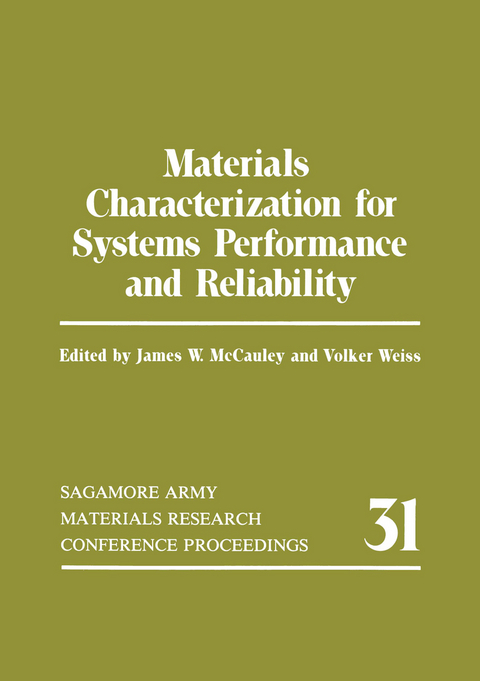
Robustness in Automatic Speech Recognition
Fundamentals and Applications
Seiten
1995
Springer (Verlag)
978-0-7923-9646-8 (ISBN)
Springer (Verlag)
978-0-7923-9646-8 (ISBN)
it did not take long before they realized that automatic speech rec ognition technology was not mature enough to satisfy the need of customers. What might be called the second surge of interest to com mercialize speech technology as a natural interface for man-machine communication began in much better shape than the first one.
Foreword Looking back the past 30 years. we have seen steady progress made in the area of speech science and technology. I still remember the excitement in the late seventies when Texas Instruments came up with a toy named "Speak-and-Spell" which was based on a VLSI chip containing the state-of-the-art linear prediction synthesizer. This caused a speech technology fever among the electronics industry. Particularly. applications of automatic speech recognition were rigorously attempt ed by many companies. some of which were start-ups founded just for this purpose. Unfortunately. it did not take long before they realized that automatic speech rec ognition technology was not mature enough to satisfy the need of customers. The fever gradually faded away. In the meantime. constant efforts have been made by many researchers and engi neers to improve the automatic speech recognition technology. Hardware capabilities have advanced impressively since that time. In the past few years. we have been witnessing and experiencing the advent of the "Information Revolution." What might be called the second surge of interest to com mercialize speech technology as a natural interface for man-machine communication began in much better shape than the first one. With computers much more powerful and faster. many applications look realistic this time. However. there are still tremendous practical issues to be overcome in order for speech to be truly the most natural interface between humans and machines.
Foreword Looking back the past 30 years. we have seen steady progress made in the area of speech science and technology. I still remember the excitement in the late seventies when Texas Instruments came up with a toy named "Speak-and-Spell" which was based on a VLSI chip containing the state-of-the-art linear prediction synthesizer. This caused a speech technology fever among the electronics industry. Particularly. applications of automatic speech recognition were rigorously attempt ed by many companies. some of which were start-ups founded just for this purpose. Unfortunately. it did not take long before they realized that automatic speech rec ognition technology was not mature enough to satisfy the need of customers. The fever gradually faded away. In the meantime. constant efforts have been made by many researchers and engi neers to improve the automatic speech recognition technology. Hardware capabilities have advanced impressively since that time. In the past few years. we have been witnessing and experiencing the advent of the "Information Revolution." What might be called the second surge of interest to com mercialize speech technology as a natural interface for man-machine communication began in much better shape than the first one. With computers much more powerful and faster. many applications look realistic this time. However. there are still tremendous practical issues to be overcome in order for speech to be truly the most natural interface between humans and machines.
A Speech Communication by Humans and Machines.- 1 Nature and Perception of Speech Sounds.- 2 Background on Speech Analysis.- 3 Fundamentals of Automatic Speech Recognition.- B Robustness In ASR: Problems And Issues.- 4 Speaker Variability and Specificity.- 5 Dealing With Noisy Speech and Channel Distortions.- C Possible Solutions and Some Perspectives.- 6 The Current Technology and Its Limits: An Overview.- 7 Towards Robust Speech Analysis.- 8 On the Use of a Robust Speech Representation.- 9 ASR of Noisy, Stressed, and Channel Dis-Torted Speech.- 10 Word-Spotting and Rejection.- 11 Spontaneous Speech.- 12 On the Use of Knowledge in ASR.- 13 Application Domain, Human Factors, and Dialogue.
| Erscheint lt. Verlag | 31.10.1995 |
|---|---|
| Reihe/Serie | The Springer International Series in Engineering and Computer Science ; 341 |
| Zusatzinfo | XXX, 440 p. |
| Verlagsort | Dordrecht |
| Sprache | englisch |
| Maße | 156 x 234 mm |
| Themenwelt | Mathematik / Informatik ► Informatik |
| Naturwissenschaften ► Physik / Astronomie ► Mechanik | |
| Technik ► Elektrotechnik / Energietechnik | |
| ISBN-10 | 0-7923-9646-4 / 0792396464 |
| ISBN-13 | 978-0-7923-9646-8 / 9780792396468 |
| Zustand | Neuware |
| Haben Sie eine Frage zum Produkt? |
Mehr entdecken
aus dem Bereich
aus dem Bereich
Statik - Kinematik - Kinetik - Schwingungen - Festigkeitslehre
Buch | Hardcover (2021)
Hanser, Carl (Verlag)
29,99 €


